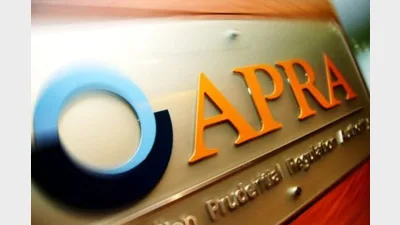Lifting the levy
A key question emanating from the Federal Budget is whether the removal of the Reasonable Benefits Limit (RBL) will open the way for superannuation funds to lift the level of their default life insurance offerings to members.
Default life insurance offerings by superannuation funds can range from less than $150,000 to over $300,000, but these are figures that would barely cover the needs of a Sydney-based family, where the average size of a home mortgage stands at over $300,000.
Elsewhere in this edition of Super Review, Tower Australia Limited’s Carly O’Keefe has pointed to the Budget as having fundamentally altered the superannuation life insurance dynamic.
O’Keefe points out that, putting aside premium costs, high levels of life insurance within a superannuation fund environment have never been particularly attractive because, under the pre-existing tax regime, the value of superannuation had to be measured against a deceased member’s RBL.
She said that with the Government’s decision to remove the RBL, effective from July 1, next year, life insurance lump sums appeared likely to be tax-free, because there would be no payment of excessive tax on a combined superannuation/insurance payout.
O’Keefe makes the point that the changes will make it attractive for superannuation fund members to increase the level of their life insurance, because death benefits will be tax-free if they are paid as a lump sum.
The question likely to confront superannuation funds in the event that the Government moves to embed the changes outlined in the Budget is whether they not only give members the capacity to increase their own life insurance cover, but also lift the default life insurance offering.
For many funds, little thought will need to be given to individual requirements because provisions already exists for members to opt to increase their level of coverage.
What is already clear, however, is the advent of choice of superannuation fund has already generated a more competitive approach to premium pricing by superannuation funds.
Both industry and retail funds have recently announced more competitive pricing with respect to their insurance offerings, with ING in late May announcing that it was both lowering the pricing and enhancing the offering on insurances attached to its OneAnswer Super platform.
It said insurance premium rates for death only and death and total and permanent disability would be reduced by an average of 12 per cent across all age groups, and minimum premiums would be reduced from $200 to $150 a year.
In May, major printing industry fund Print Super also announced it had improved its insurance offering to members, delivering a drop in premiums but an increase in coverage for both death and total and permanent disability cover, as well as salary continuance insurance.
Discussing the implications flowing from the Budget, Print Super chief executive Ross Martin said any significant changes would warrant a review of the fund’s default offering.
However, he pointed out that it was already within the discretion of members to lift their level of insurance coverage, although few had opted to do so.
“Members can apply to increase their coverage subject to medical evidence and the payment of a higher premium, but most don’t really want to do that,” Martin said.
However, he acknowledged that in markets such as Sydney, where the average size of a mortgage could be as high as $300,000, there were good reasons why members should be considering increasing the level of their coverage.
“If the changes that have been discussed as a result of the Budget are locked in after the consultation period, then the level of insurance is something we would have a look at,” Martin said.
The chief executive of large NSW public sector fund First State Super, Michael Dwyer, said it had always been open to fund members to increase their level of coverage.
He said it was possible for members to nominate a higher level, and this could reach as high as $2 million.
However, when it came to the fund’s default offering, Dwyer said it remained unclear whether the Budget changes would necessarily require that superannuation funds review their insurance settings.
He said while it was true many members could probably be deemed to be under-insured, it did not necessarily follow that they would seek to increase the level of cover of their own volition.
Recommended for you
Australia’s average superannuation balance has climbed to a record high, with women’s savings share rising and reliance on the age pension falling.
APRA has softened several governance reform proposals following extensive consultation with banks, insurers and super funds across Australia.
The super fund’s CEO has confirmed he will finish his role in 2026.
New data shows millions of Australians have little idea how their super funds have performed over the past year.









